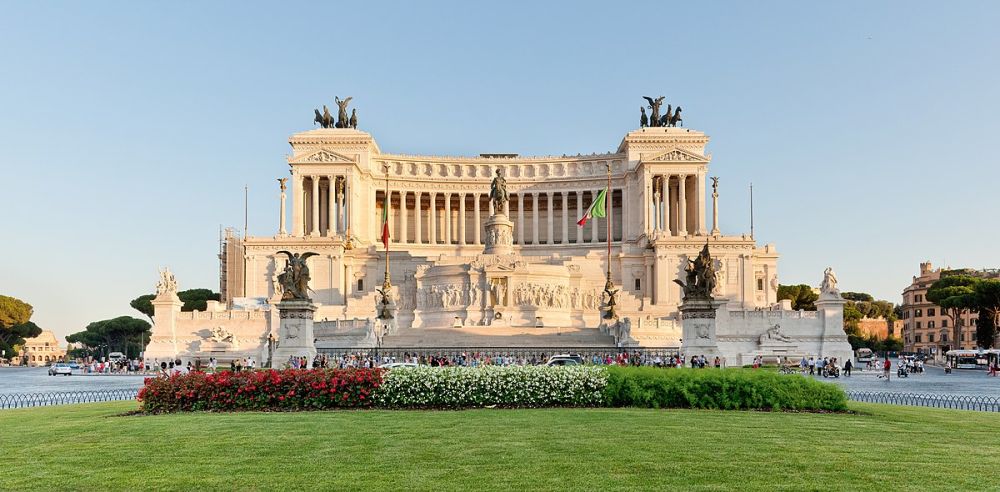

The Piazza Venezia is a central hub in the intricate web of Rome's streets, alive with a rich tapestry of history that dates back centuries. The square is named after the Venetian Cardinal, Pietro Barbo, who later became Pope Paul II. He had his Venetian Palace (Palazzo Venezia) constructed here in the 15th century, which now houses a museum. Throughout the centuries, the Piazza has witnessed numerous historical events and has always been a focal point for both the locals and tourists alike.
At the heart of the Piazza stands the imposing Altare della Patria (Altar of the Fatherland), often referred to as the Vittoriano. This monument was inaugurated in 1911 to honor Victor Emmanuel II, the first king of a unified Italy. Its construction stretched from the end of the 19th century into the early 20th century, and it was meant to symbolize the new Italian nation-state. Since its completion, the Vittoriano has become a patriotic symbol and a must-visit tourism site, drawing in numerous visitors eager to explore its grandeur and significance.
In recent times, tourism trends in Rome, including visits to the Piazza Venezia and the Vittoriano, have shifted in response to global events such as the COVID-19 pandemic. There has been an increase in the demand for outdoor and spacious venues which allow for social distancing, making the open space of Piazza Venezia a more attractive destination.
Additionally, there is a growing trend towards experiential and educational tourism. Visitors are seeking more than just to see the Vittoriano; they want to understand its cultural and historical context. This has led to a rise in guided tours, audio guides, and interactive experiences that provide deeper insights into Italy’s past and the monument's significance.
Another trend is the increasing importance of sustainable tourism practices. Tourists are becoming more conscious of their environmental impact and seek to visit destinations that promote sustainability. The Roman authorities have responded by implementing measures to reduce vehicle traffic around historic sites, including the Piazza Venezia, to preserve the area and improve the visitors' experience.
The Piazza Venezia and the Vittoriano are accessible all year round and offer a range of experiences for visitors. One can climb to the top of the Vittoriano for a breathtaking view of Rome or visit the museum inside it to understand more about Italy's unification. The complex also houses the Tomb of the Unknown Soldier, which includes an eternal flame, making it a solemn place for reflection.
The best time to visit is in the early morning or late afternoon when the crowds are thinner, and the light casts a soft glow on the white marble monument. Visitors should also check for any special events or exhibitions that may be taking place at the Vittoriano, as these can provide unique experiences and insights into Italian culture and history.